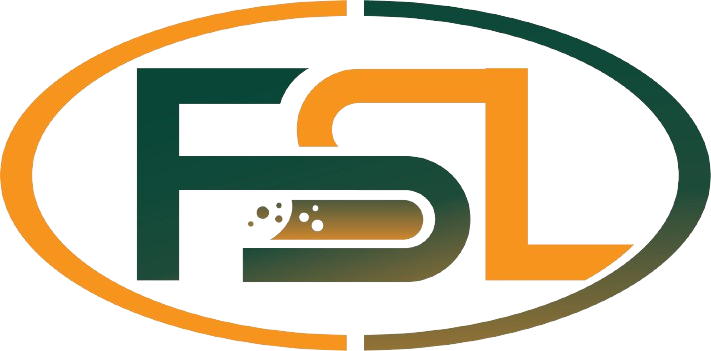
Epoxy vs. Polished Concrete Flooring
When it comes to choosing the right flooring for industrial, commercial, or even residential spaces, two popular options stand out: epoxy flooring and polished concrete flooring. Both are durable and visually appealing, but they serve different needs and come with distinct advantages and limitations. Understanding the key differences can help property owners, contractors, and facility managers make an informed decision that aligns with their budget, performance requirements, and aesthetic preferences.
What Is Epoxy Flooring?
Epoxy flooring is a resinous flooring system composed of a two-part mixture: epoxy resin and a hardener. When combined, they create a rigid plastic material that adheres firmly to the substrate surface. Epoxy is commonly applied over concrete floors to provide a smooth, highly durable, and chemically resistant surface.
Key Features:
High resistance to chemicals and stains
Available in various colors and finishes
Seamless and non-porous surface
Easy to clean and maintain
What Is Polished Concrete Flooring?
Polished concrete flooring is created by mechanically grinding and honing a concrete surface using industrial diamonds, followed by the application of a chemical densifier. The result is a glossy, hard-wearing surface that reflects light and enhances the concrete’s natural appearance.
Key Features:
Long-lasting with minimal maintenance
Natural, stone-like aesthetic
Environmentally friendly (no VOCs or coatings)
High resistance to abrasion
Epoxy vs. Polished Concrete Flooring: Side-by-Side Comparison
Use Case Scenarios
Epoxy Flooring is ideal for:
Industrial warehouses and manufacturing plants
Garages and automotive service areas
Commercial kitchens and hospitals
Spaces requiring high chemical and stain resistance
Polished Concrete Flooring is ideal for:
Retail stores and showrooms
Office spaces and residential interiors
Schools and public buildings
Environmentally conscious projects
Pros and Cons
Epoxy Flooring:
✅ Pros: Excellent protection, customizable, hygienic
❌ Cons: UV sensitive, potential for peeling, re-coating needed
Polished Concrete:
✅ Pros: Long lifespan, low environmental impact, low cost of ownership
❌ Cons: Limited design options, not ideal for chemical-heavy environments
Final Thoughts
Both epoxy and polished concrete flooring are excellent choices, but the best option depends on the specific needs of the space. If you prioritize chemical resistance and decorative versatility, epoxy may be the better choice. However, if you're looking for a durable, low-maintenance, and sustainable flooring solution, polished concrete could be more suitable.
Whether you are renovating a garage, planning a showroom floor, or outfitting an industrial space, understanding the strengths and limitations of each flooring type will help you make a decision that balances performance, aesthetics, and cost.
